Full Guide To Labradorite vs. Moonstone (This is the Difference)
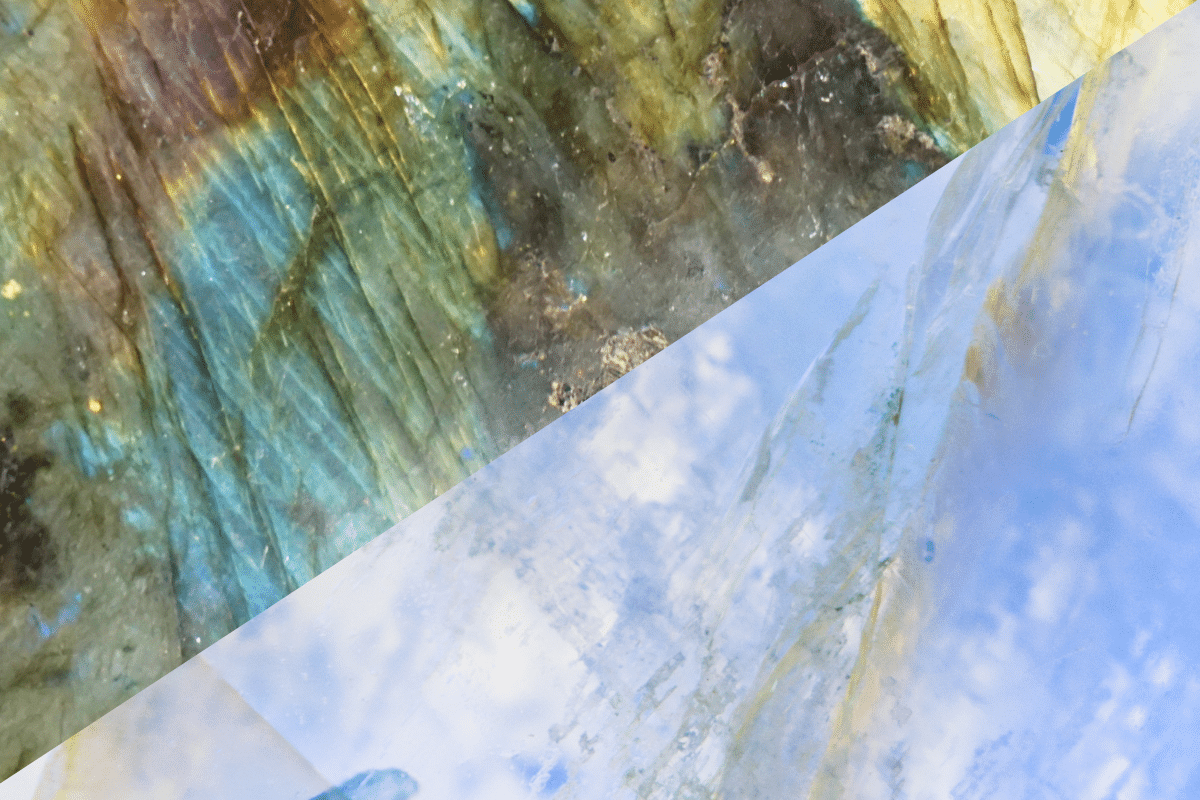
In order to work with our crystals effectively, we need to understand their properties. With crystals that look similar or have similar uses, such as labradorite and moonstone it can be difficult to determine which one to work with. The answer should always be; the one that you are drawn to the most. However, if you are looking to find the difference in physical appearance as well as metaphysical properties, you’ll find your answer here.
Continue reading if you want to know more about the (physical) qualities of these stones, as well as how you can use them in your spiritual practice.
Also read: Full Guide To Larvikite vs. Labradorite (This is the Difference)
Want more help or information? If you have any more questions after reading this blog post or want a personal answer for your specific situation, join the free Facebook group! We promise you’ll get an answer from either our team members or a community member.
Labradorite vs Moonstone – How To Tell The Difference?
In order to understand the difference between these two stones, we can look at the color, shape, pattern, clarity, and more. Below we’ll describe all these aspects in detail.
Chemical Composition.
Labradorite is a calcic mineral of the plagioclase feldspar group. It is an isomorphous solid solution. It is strong graphite found on mafic rocks such as gabbro, norite, and basalt. Tiny pieces of copper can also be found in the chemical composition of this mineral.
Moonstone is also a member of the feldspar with orthoclase and albite as its main minerals. The moonstone is formed under the earth during magma cooling. The moonstone has adularescence which is its distinguishing feature. It also contains aluminum, potassium, and silicate in its chemical composition.
Also read: Full Guide To Opalite vs. Moonstone (This is the Difference)
Color
The best color of the labradorite is known to be medium to dark gray. However, they often appear in green, yellow, orange, red, and blue. Moreover, some are found in colors like pink, copper, purple, light blue, and fuchsia but are very rare. This color iridescence of the labradorite is caused by internal fissures, which reflect light back and forth and hence the color variation. This process is known as labradorescence.
The body color of moonstones comes in a variety of colors which include gray, colorless, yellow, brown, pink, and green. The moonstone, which is considered the best, has either a blue or colorless sheen and is very expensive. The color variation in moonstones is caused by adularescence.


Clarity and Pattern
Labradorite stones are mainly opaque to translucent. Transparent labradorites are very rare to find. This gemstone has glittery inclusions of either copper or hematite. It has a triclinic crystal system. It has fractures that appear either uneven or conchoidal.
The moonstone’s appearance ranges from opaque to translucent. This gemstone also has inclusions that appear like cracks and are called centipedes as they resemble the earth creatures. A good quality gemstone lacks visible inclusions and is semitransparent to transparent. It has an oval cabochon shape.
Also read: Full Guide To Moonstone vs. Opal (This Is The Difference)
Hardness
Both the labradorite and moonstone are relatively hard and register a hardness of 6.0 to 6.5 on the Mohs scale. Labradorite is a relatively soft rock but also, but it’s complex. This makes it tough and durable. It’s not brittle, and hence it does not break easily compared to other soft gemstones. However, it is prone to break if struck too hard.
Moonstones are relatively soft and thus are prone to scratching, chipping, and cracking. Therefore, they are mostly preferred to be worn as earrings, pendants, or necklaces. If the moonstone is damaged, it can also be polished in a jewel workshop.
Care
Soapy warm water is recommended when cleaning both labradorite and the moonstone. A soft toothbrush should be used to scrap off dust particles. After washing, they should be rinsed using clean water and dried with a soft cloth. Ultrasonic and steam cleaners should be avoided.
Labradorite should not be exposed to sunlight for a long time as it may risk fading its colors. Moonstones lose their color if it’s exposed to fire, but are not damaged when exposed to sunlight.
Also read: Full Guide To Blue Topaz vs Sapphire (This is the Difference)
Location
The labradorite was first found in Canada in a place known as Labrador and named after it. Today, this gemstone is commonly mined in countries like Norway, Finland, and Madagascar.
Moonstone is found in Sri Lanka and Southern India. Moreover, other countries like Brazil, Mexico, the USA, Madagascar, and Armenia have moonstone deposits.
Uses
Meditation
Both gemstones are beneficial when one is meditating, as they both let go of negative thoughts, relaxing both the body and soul. They create a way to open to your inner self and spiritual mind and enable you to get into your proper conscious.
This helps you to stay focused and heal at the same time. At this moment, your body, mind, soul, and heart are usually calm and at peace with you.
Jewelry
Many people are attracted to colorful jewelry, and thus they go ahead to buy them. Both of these gemstones are used to make jewelry such as bracelets, necklaces, rings, earrings, and pendants.
If you wear jewelry from these gemstones, they tend to brighten your moods as they have a catchy appearance even in the dark of night. They also have healing properties that help you to strive and conquer life challenges.


Home and Office
These magic gemstones bring a positive impact if they are placed at home or in offices. For the labradorite, it has water energy which attracts peace, serenity, and freedom in homes. It also inspires you at your workplace and helps you with your communication skills.
On the other hand, the moonstone has feminine energy, which attracts emotional balance at home. It is also believed to have fertility benefits, whereby it brings success in childbirth. It makes you creative in your work as a writer, artist, or any other content creation job.
Properties
Labradorite is majorly characterized by magic and protection. This crystal can release negative vibrations and attract positive ones, creating a great mood and happiness. It is also involved in trauma and emotional treatments by boosting courage, confidence, and inner strength.
They are also believed to help improve physical conditions such as digestion, painful periods, eye disorders, and respiratory problems. It makes you creative by energizing your imagination.
Moreover, it brings peace and clarity to your inner self making you more aware of who you are. The moonstone is a crystal that is mainly associated with feminine energy, which brings about good fortune and light into your life.
As a feminine goddess, it is believed to help women who suffer from PMS and hormonal imbalances, and fertility brings about healthier fruition. Some people feel as if they are going crazy or losing their mind on a full moon as it affects them.
The moonstone helps such people to balance these emotions. The moonstone is believed to elevate light in people who feel that their lives are filled with darkness.
Also read: Full Guide To Dumortierite vs Sodalite (This is the Difference)
Chakra Association
The labradorite gemstone is believed to stimulate the throat and crown chakra. The throat chakra is believed to be the ultimate voice of the body. It is the body valve that allows the energy of other chakras to be expressed. It regulates what you want to feel and think. It helps you speak out your truth courageously and makes you understand your emotions, ideas, and beliefs.
The moonstone is linked to three chakras. These are the sacral chakra, crown chakra, and third eye chakra. The sacral chakra is located at the belly button. When a moonstone is placed on it, it facilitates healthy eating, creativity, and erotism.
The second chakra is the third eye, which is located around the eyebrows and moves down to the mouth. The moonstone activates this chakra and brings about spiritual development, awareness, and discernment. Lastly, the crown chakra is located on top of the head. It is stimulated by the moonstone to help you lead a life full of joy, happiness, good health, and wealth.
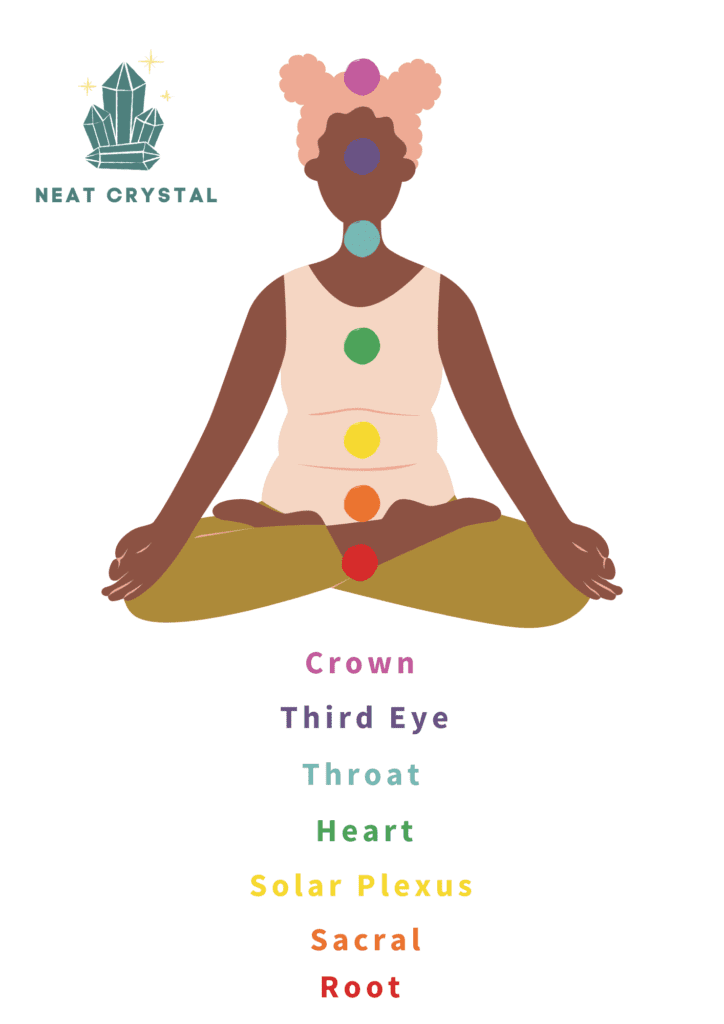
Also read: What Chakra Is Moonstone? (Rainbow, Pink, Peach, White, Green, Blue, Black)
Zodiac Association
Labradorite gemstone is not considered a birthstone, but it is often associated with people born in August and sometimes those born in February and March. This gemstone is associated with three zodiac signs which are; Scorpio, Sagittarius, and Leo.
The Scorpio sign attracts transformation and ambition. It is associated chiefly with sex, which is explained as it’s not all about pleasure but also emotional intimacy, physical proximity, and spiritual enlightenment.
Unlike the labradorite, the moonstone is a birthstone of June. It is associated with the Gemini zodiac sign. This stone influences the passions, careers, hobbies, and friendships of a Gemini.




Also read: The Complete Guide To Moonstone And The Zodiac Signs
Element Association
Both gemstones are said to be water elements. The water energy in labradorites enhances purity, quiet, and strength. It is the energy of life that enhances rebirth and regeneration. This gemstone ensures the unfolding of life and its flow, just like the waters.
For introverts, this gemstone gives them the warmth and courage to engage with other people and strengthen their social skills. The feminine water energy in the moonstone helps you to get encouraged, hopeful, and ready to embrace new beginnings. It generally symbolizes light and hope in your life.
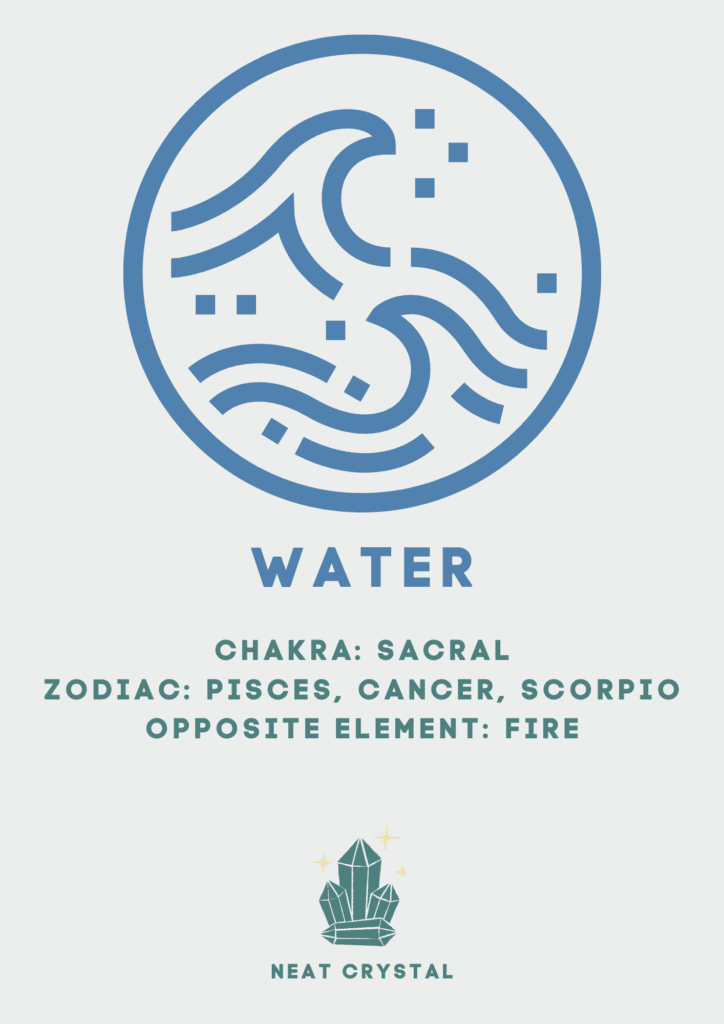
Ruling Planet
Venus rules over labradorite. The planet is associated with pleasure, beauty, pleasure, and fertility. Venus is also believed to bring a lot of wealth and success.
Moonstone, on the other hand, is ruled over by the moon. The moon is associated mainly with our emotions and the deep feelings that influence our outward actions.
Numerical Vibration
Labradorite has a numerical vibration at two frequencies, 6 and 7, while moonstone has a numerical beat at the number 4. Number 6 in numerology represents harmony and domestic happiness. The number carries a lot of obligation towards family and others.
People resonating with the number are caring and drawn to helping and being at the service of others. Number 7 resonates with spirituality, intuition, inner wisdom, and psychic abilities.
The energies of number 4 are associated with hard work, security, and stability.
Best Combination
Labradorites can be combined with the moonstone if you want a new beginning. They encourage you and help you to explore where your interests are. They show you the essence of living a meaningful life. Labradorite can also be combined with lapis lazuli to promote self-expression and courage enough to speak out their ideas and truths.
Sun stone and moonstone combine perfectly to make one understand the importance of independence. They take away the urge to keep depending on others and asking for favors.
Also read: Full Guide To Lapis Lazuli vs. Sodalite (This is the Difference)
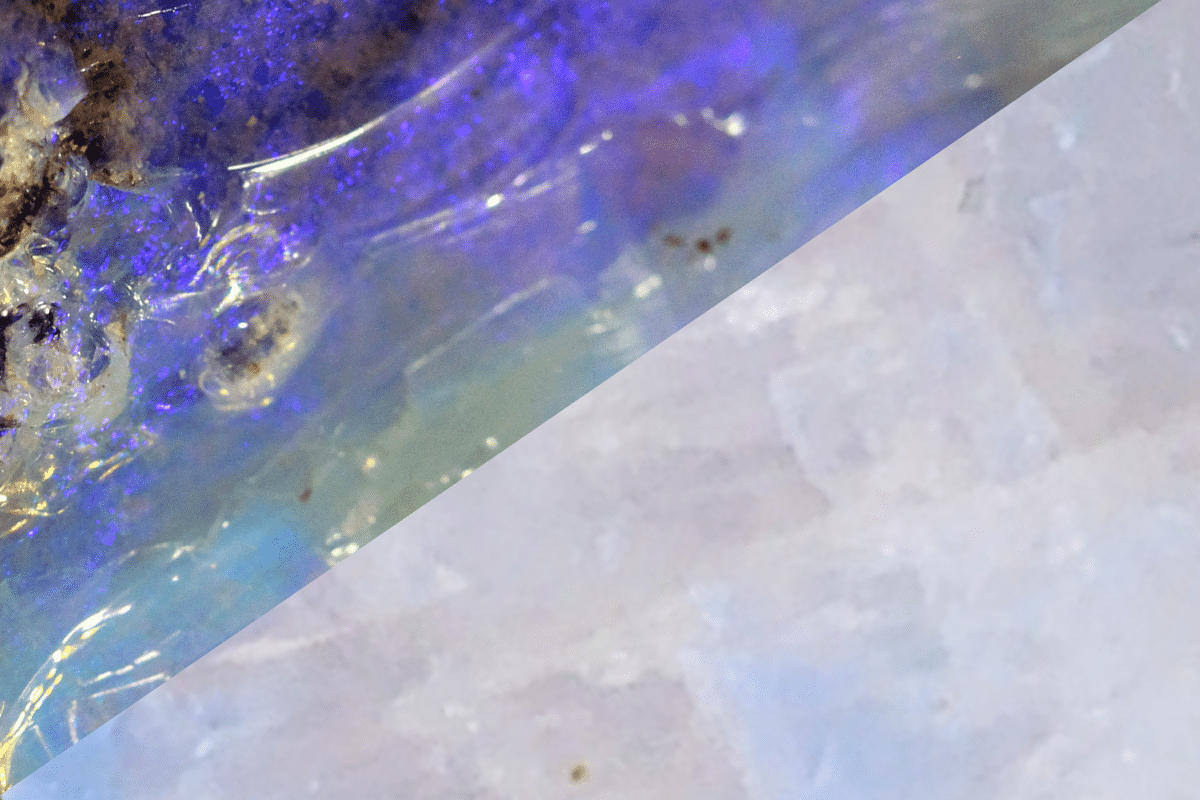
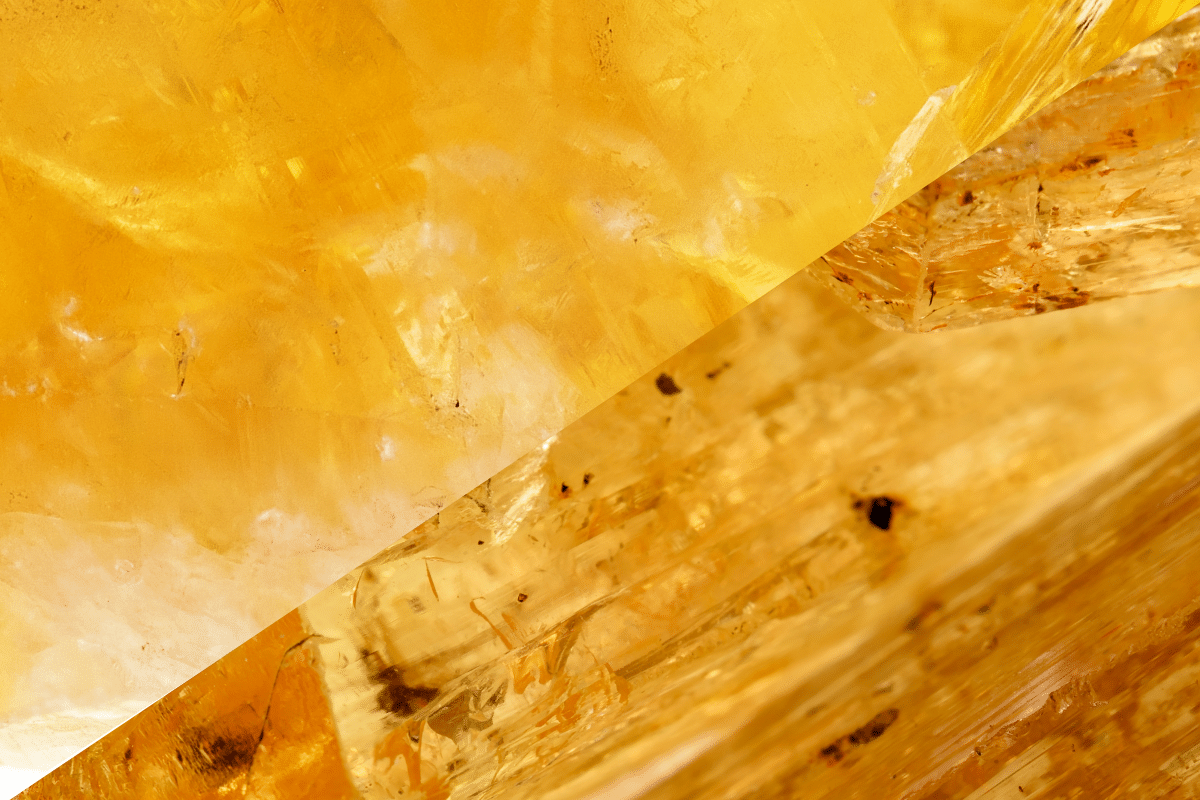
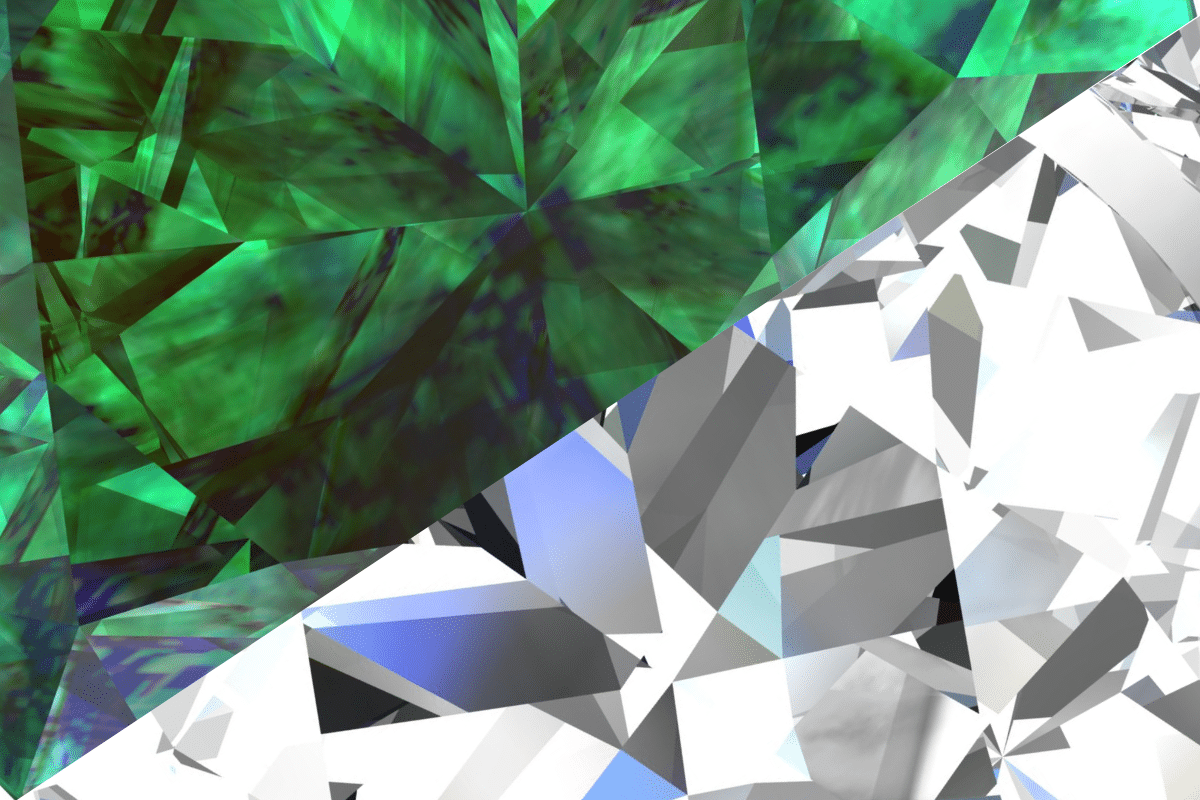
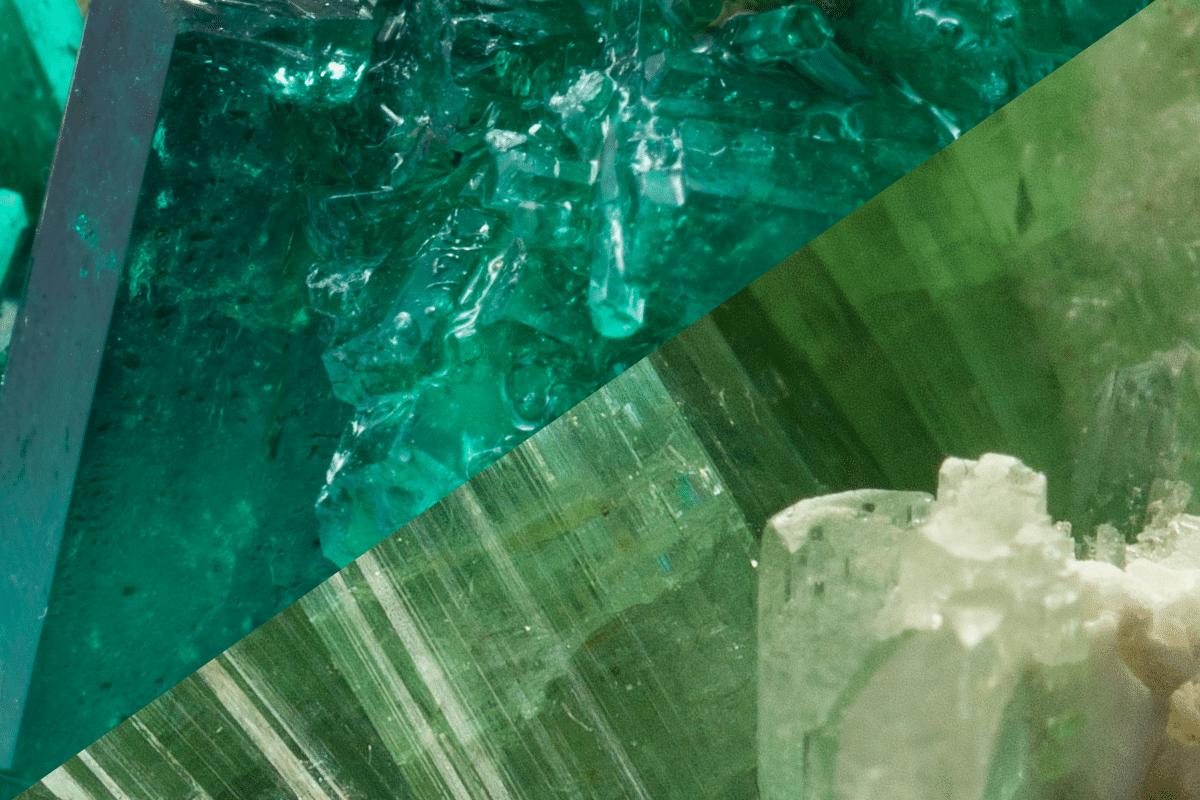
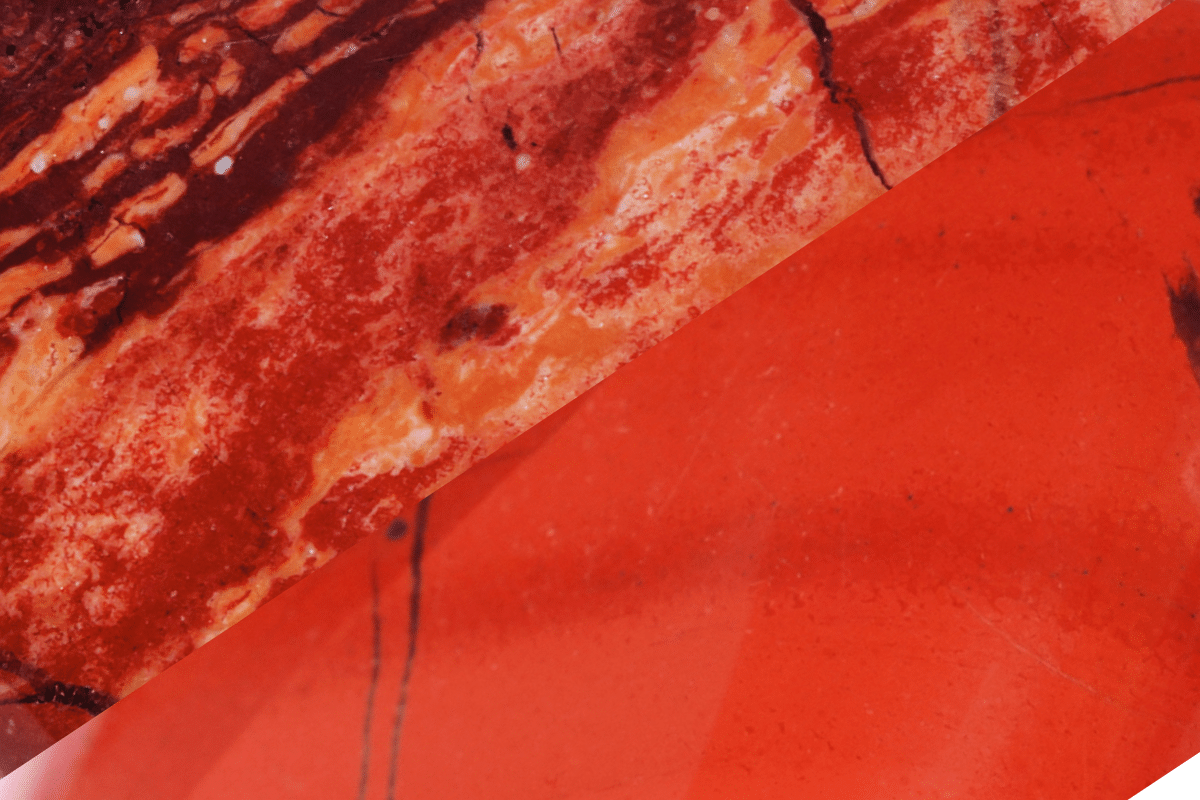
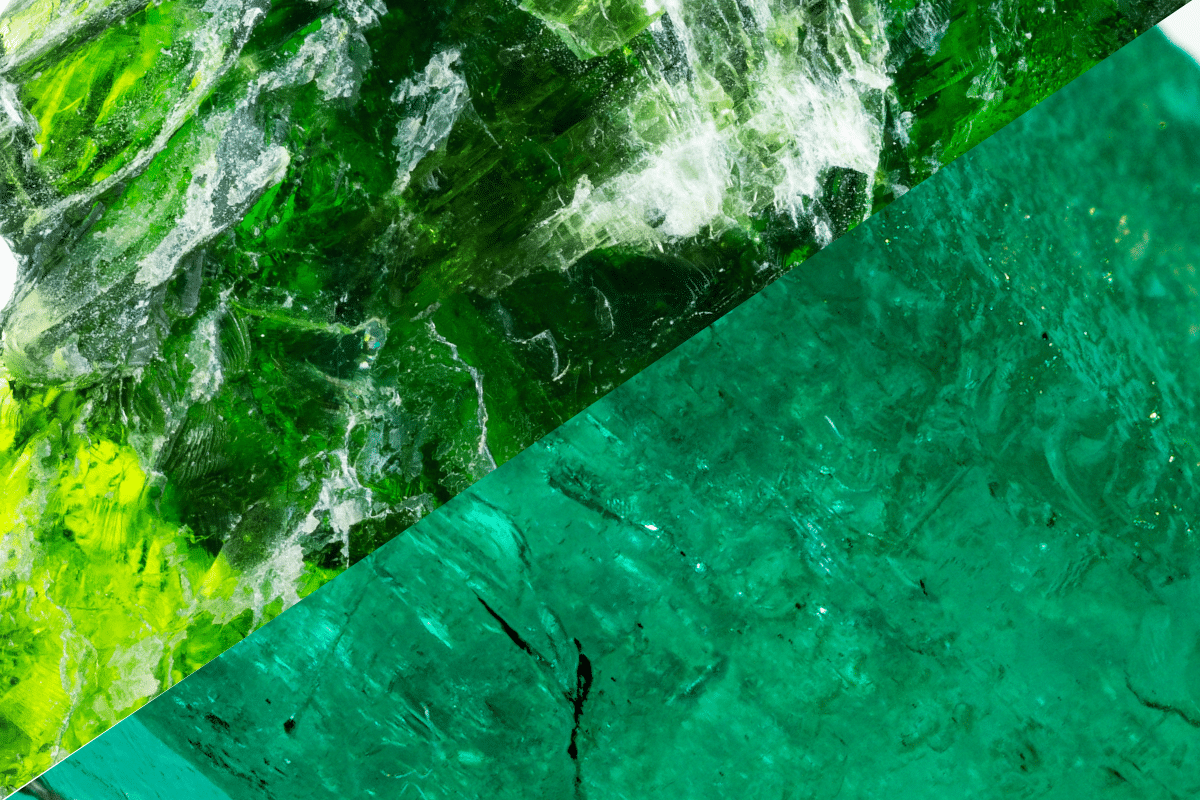
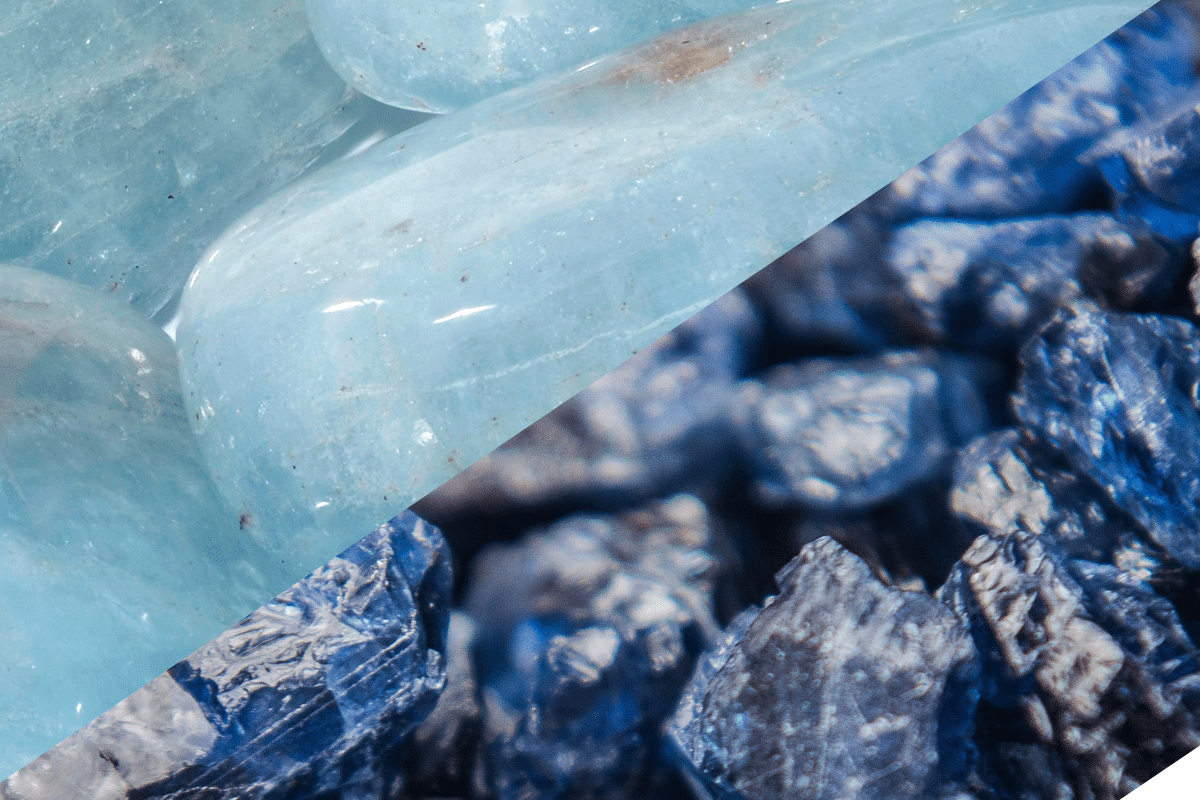
One Comment